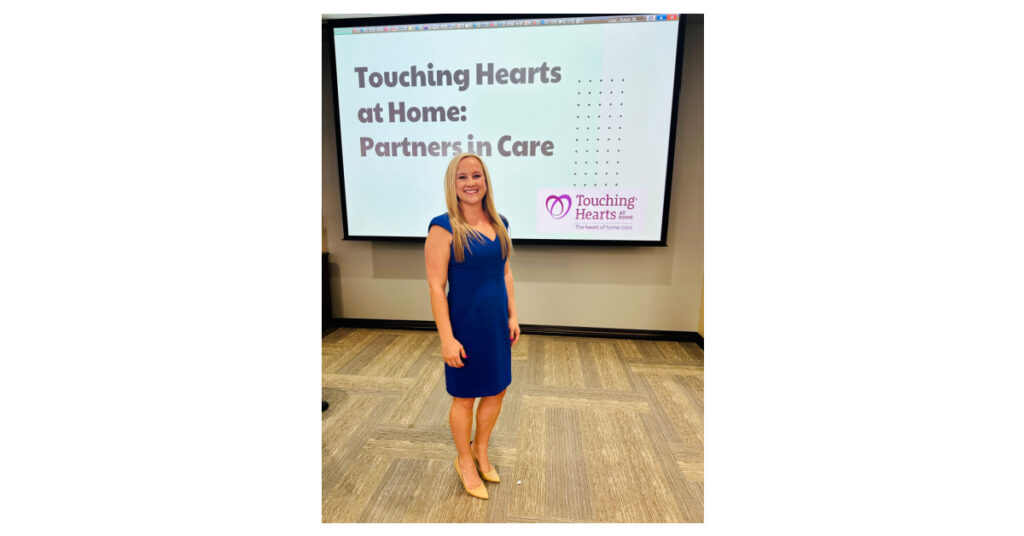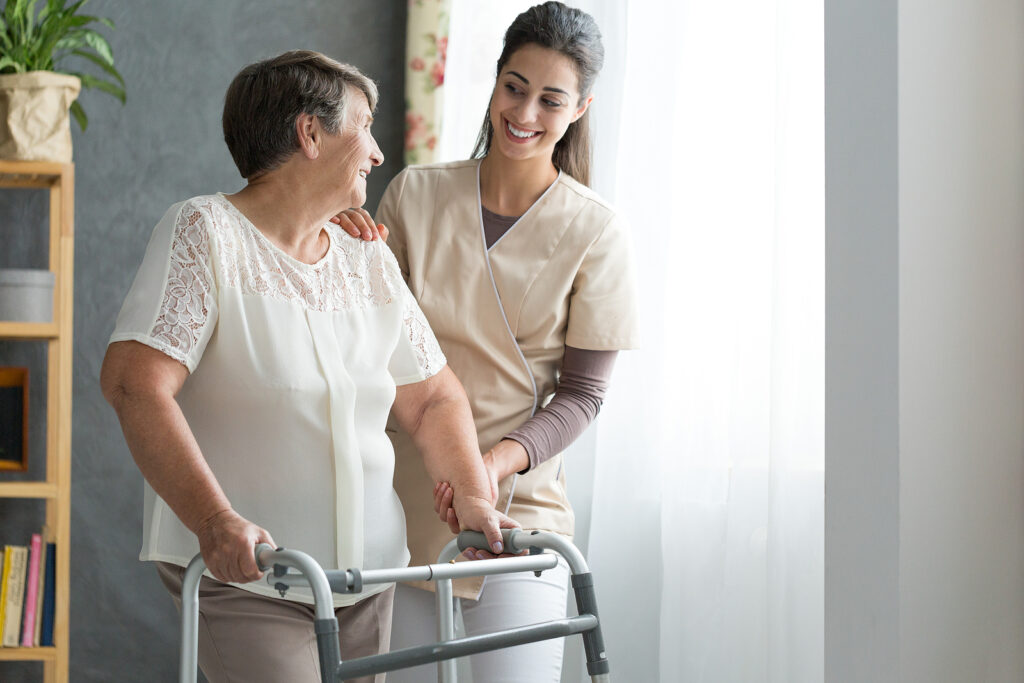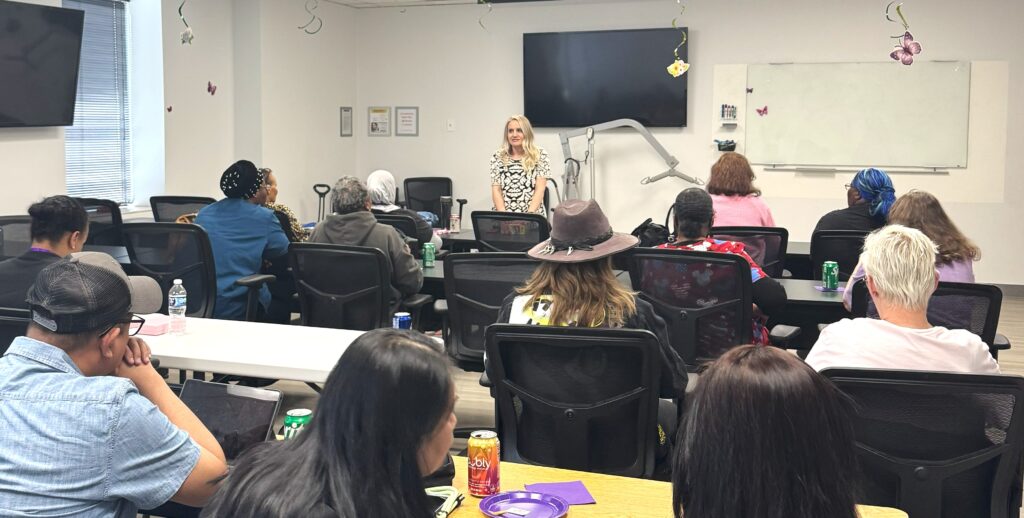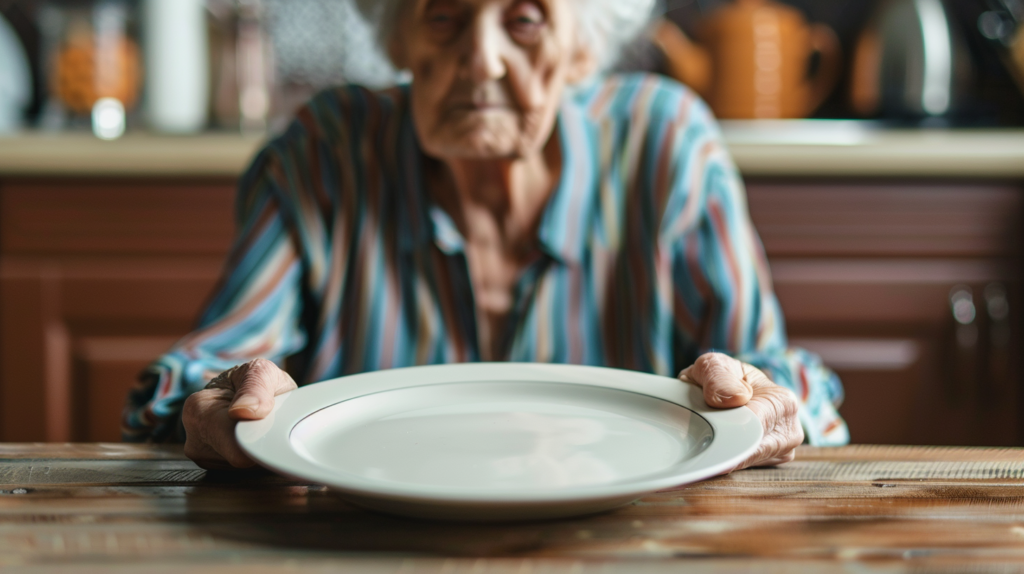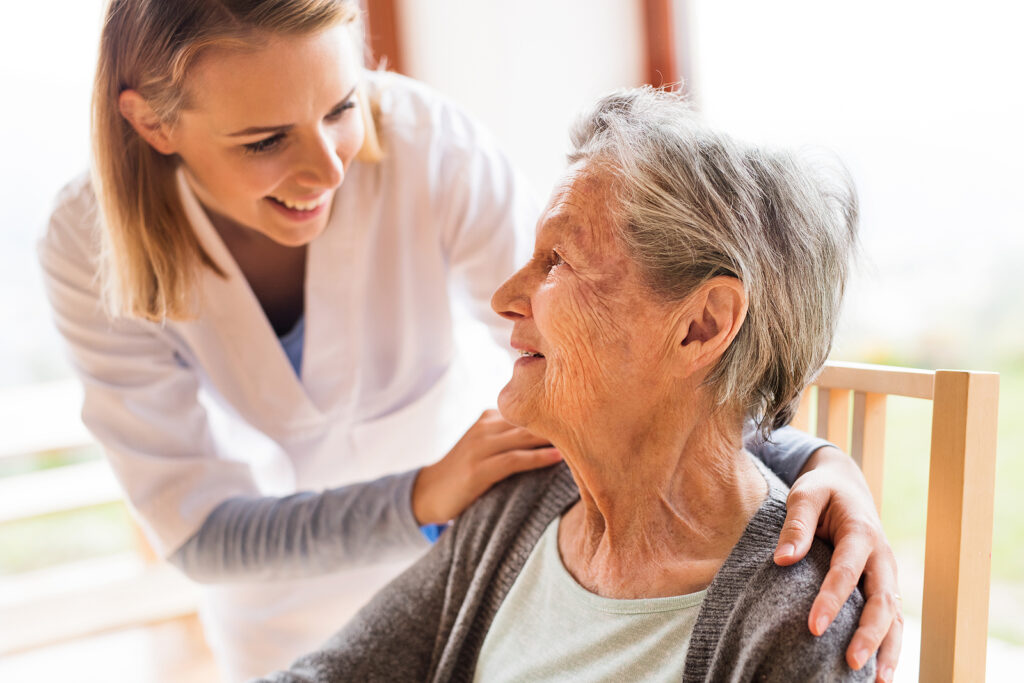Stroke Prevention
Strokes can happen to anyone regardless of age, and it can happen at any time. A stroke is a brain attack. What happens is that an area of the brain is cut off from blood flow. What happens after the stroke, and how the individual is affected depends on how much of the brain was damaged and where in the brain the stroke occurred.
Often we associate strokes with aging as they are more likely to happen after the age of fifty-five, but as noted above, up to 80% of strokes can be prevented. Right now, to help prevent a stroke later in life, there are three things any of us can do to actively lessen our risk for having a stroke.
First, consider your weight. Shedding some pounds is one of the most important ways to reduce stroke risk. Being overweight affects many parts of your body. Not only joint pain increases with weight gain, but it can cause high blood pressure and attributes to the risk of diabetes. Both high blood pressure and diabetes are risk factors for a stroke. Losing weight should be a priority.
Second, if you enjoy alcohol, consider drinking red wine. Because it contains resveratrol, studies show it can help protect both the brain and heart. Keep in mind that one-drink a day is the measure for lowering your risk for developing other conditions.
Third, stop smoking. Smoking is a major stroke risk factor. Smoking doubles the chance of a person having a stroke compared to a non-smoker. Smoking leads to plaque buildup in your arteries and clot formation.
If you do have a stroke, know that an average of one-third of stroke victims recover completely. For the remaining stroke victims, they may have to deal with some sort of disability for the rest of their life.
One of the ideal ways for a person who has survived a stroke is to recover with in home care. Home care professionals can assist with the activities of daily living and make what feels impossible, possible.
Learn more about strokes at:
http://www.stroke.org/understand-stroke/preventing-stroke/lifestyle-risk-factors
Ramona Hunt, M.S.
You may also like:
How Companion Care at Home Brings Comfort During National Osteoporosis Awareness Month
Companion Care at Home in Centennial CO: Companion care at home helps seniors with osteoporosis stay active and safe.
Elevating Care: The Impact of Ongoing Training at Touching Hearts at Home
At Touching Hearts at Home, we understand that caregiving is both an art and a science, requiring continuous learning and…
6 Signs Your Senior May Need Home Care Assistance
Home Care Assistance in Castle Pines CO: Here are six signs that your senior loved one may be struggling to…
Overcoming Mobility Challenges with Parkinson’s Disease
In-Home Parkinson's Care in Centennial CO: In-home Parkinson's care helps seniors manage mobility challenges and maintain independence.
Preparing for the Future with Advanced Directives
Planning for the future can bring peace of mind to seniors and their families. One way to ensure that personal…
What is the Difference Between Home Care and Home Health Care?
When seeking in-home support for a loved one, it’s crucial to understand the distinction between home care and home health…
Honoring Social Workers in Denver
March is Social Work Month! This year’s theme, “Social Work: Compassion + Action,” highlights the incredible impact social workers have…
Save Your Vision Month: Recognizing the Signs of Vision Loss in Seniors
Vision changes are a natural part of aging, but some seniors experience more serious vision reduction or even complete vision…


